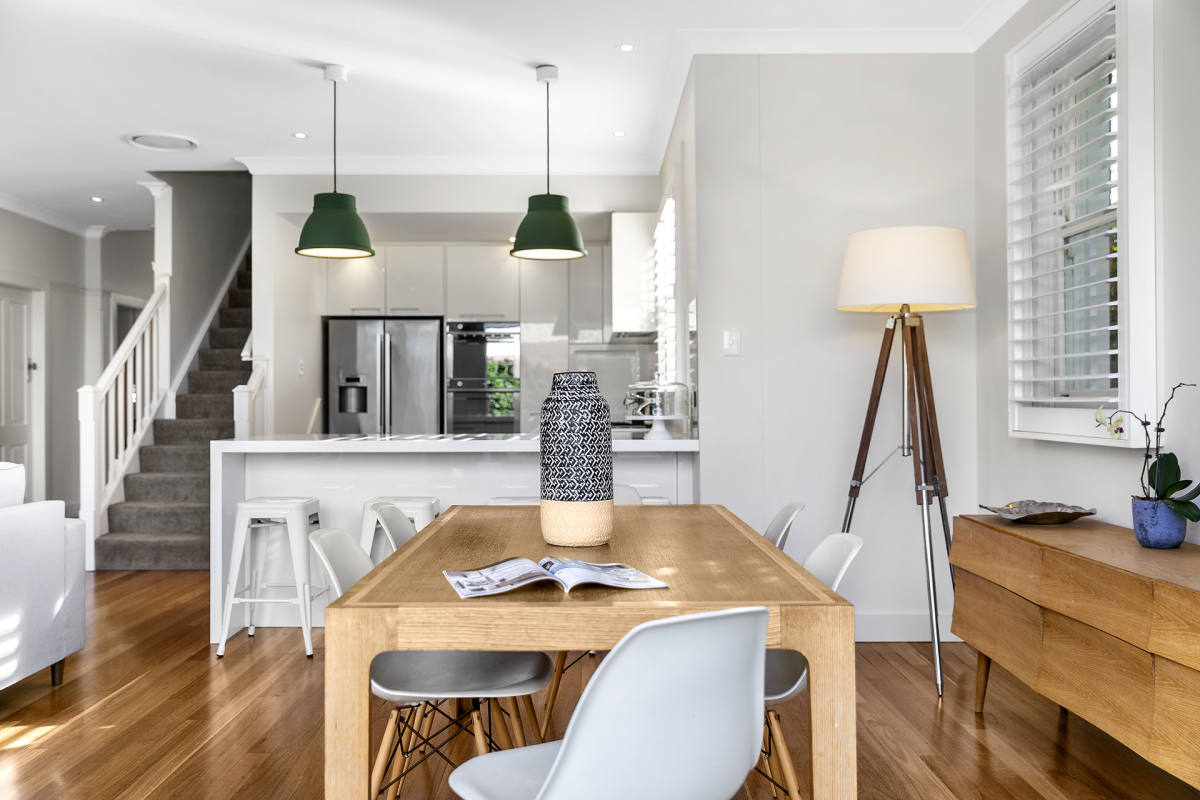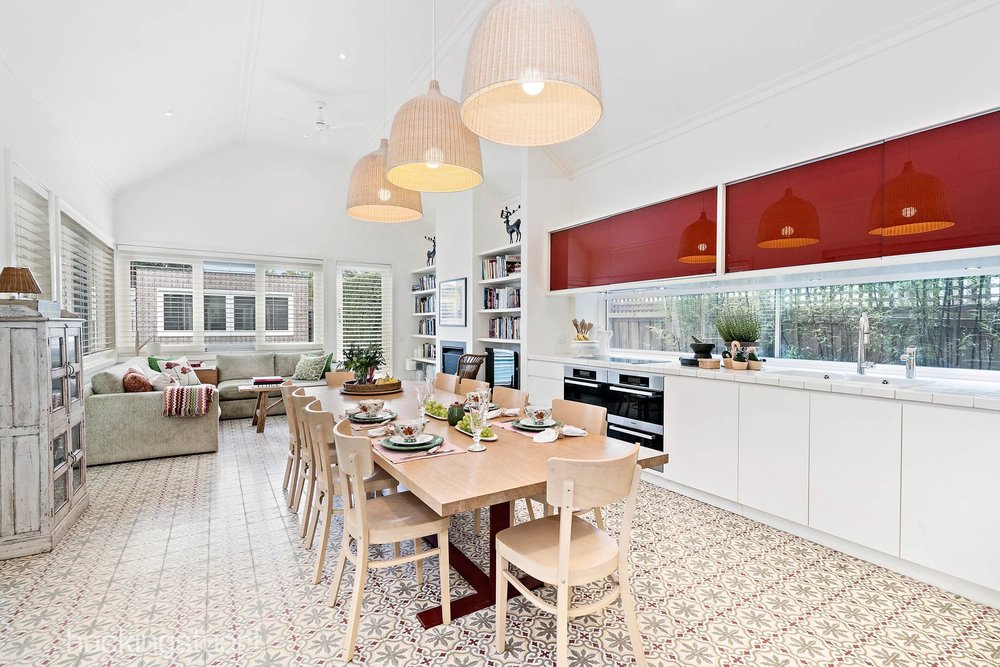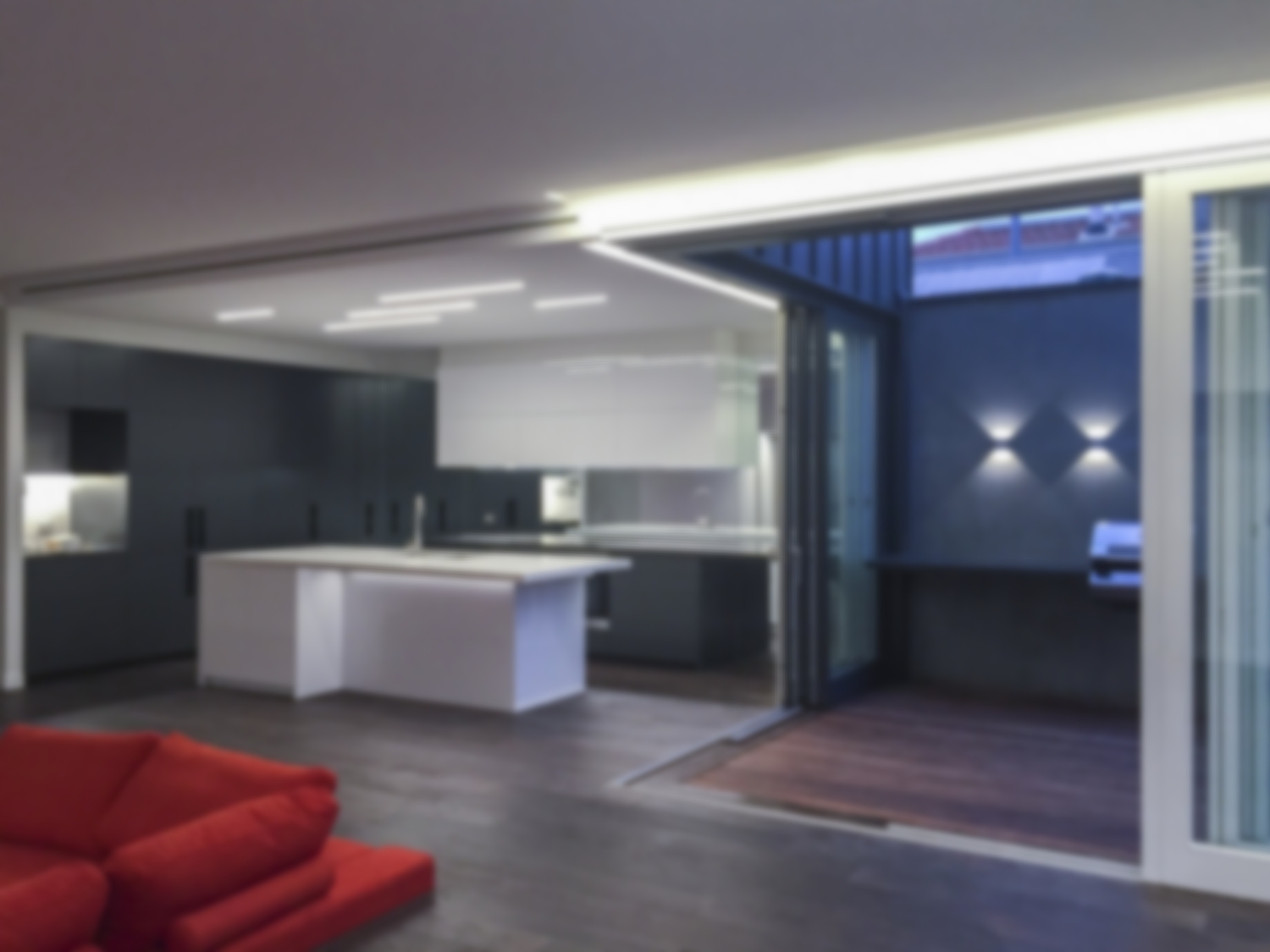What’s the one thing you do every night before bed? What’s the one task you perform every morning? We’re talking about that task that falls in between brushing your teeth before bed and in the morning – you flip a light switch.
Being a task so standard in our daily routines that we barely pay any notice, lighting is an integral part of our lives.
Lighting fixtures play a critical role in tying together the overall look of a space. Whether it’s a bright white light bulb on top of a dresser that helps you achieve a flawless winged eyeliner each time or the reading lamp by your bedside, proper lighting for aesthetics, specific tasks and the overall ambience of your home is essential.
 6/102 Mount Street, Coogee, NSW
6/102 Mount Street, Coogee, NSW
While lighting in your home can completely transform the mood of just about any room, proper placement and the use of the right lighting fixture is critical.
Are you setting up your new home or finally performing those much-needed upgrades? Taking the time to create a lighting plan can help ensure it looks spectacular.
Ready to get started? Here are some tips to help you design an effective lighting plan for your home.
Topics in this article:
Understand the appearance of your home
Choosing the right set and style of lighting to illuminate your home is important. However, this doesn’t mean that you head straight for the lighting aisle at your local hardware store and add whatever you can find to your cart. Being able to identify the overall atmosphere and style of your home should be your first step towards establishing a cohesive lighting plan that will help transform your home into a glowing masterpiece.
We recommend spending a moment to identify the personal style of your family or housemates and property. Determine if a modern or maybe a more traditional approach would be best at gelling with the overall theme of your home, and develop your lighting plan around that idea.
 41 Montpelier Street, Grange, QLD
41 Montpelier Street, Grange, QLD
Develop individual room by room plans
Draw a dedicated floor plan for each room in your home. We recommend that you sketch using a scale and include as many details about the space as possible. Indicate any windows, doors, and furniture or items that will be placed in the room. This will allow you to imagine how the room might look with a particular shade or style of lighting.
To help you understand this further, let’s take a standard living room for example.
Your living room is the space in your home where your family will most likely spend the majority of their time. Whether it involves catching up on an episode of everyone’s favourite Netflix series, playing board games, or surfing the internet, your living room is the centre of life in your home.
Having said that, for rooms where people will be spending long hours, choosing an approach that offers ample lighting to all sides of the room, establishes brightness in the space, avoids shadow formations, and potentially bounces off the walls and ceilings, without being too heavy on the eyes, can be an excellent choice.
For large living rooms, in particular, we recommend the use of a central lighting fixture paired with the use of smaller lighting elements, such as table lamps, spotlights and faux-cove lighting to light up the place. This approach is perfect for a wide variety of settings.
 28 Glover Street, Willoughby, NSW
28 Glover Street, Willoughby, NSW
Similarly, other areas of your home such as your kitchen, bedroom and study all have unique needs when it comes to lighting.
Consider the use of different fixtures
Floor lamps, wall-mounted fixtures and pendants are different types of fixtures, each serving a unique design and purpose. With almost limitless lighting styles, materials fixture options available in the market, we highly recommend mixing and matching lighting fixtures to create a unique lighting effect in your home.
 For sale: 111 Ryde Road, Hunters Hill, NSW
For sale: 111 Ryde Road, Hunters Hill, NSW
Use the right lighting layers
The most commonly shared element of every successful lighting plan is the use of different layers of lighting. With the help of more than one layer in a room, you can achieve a customised look for your space and ensure it is illuminated in the best possible way.
There are three most important layers of lighting to take note of:
- Task lighting: Marked by reading and desk lamps, vanity and cabinet lights, task lighting is used in work areas such as a kitchen, study or home office to help perform tasks that require focus.
- Accent lighting: Outdoor landscape lighting, picture lights and wall lights are a few examples of accent lighting, which is mainly used to draw attention towards a focal point or feature. It is an excellent choice for showing off wall art or emphasising the magnificent architecture of your home.
- Ambient lighting: Chandeliers, wall and overhead lighting fixtures are examples of ambient light. Ambient light is commonly used to ‘naturally’ illuminate the room without causing a harsh effect. This layer is recommended to create a warm and relaxing environment and works well in bedrooms and living rooms.
 55 Alexander Road, Dalkeith, WA
55 Alexander Road, Dalkeith, WA
Hire a designer
There’s plenty of work that goes into developing a lighting plan. While hiring a lighting designer may not be the first thing on your mind when planning to redo the lighting for your home, acquiring professional help can offer many significant advantages. First off, a lighting designer can help introduce the latest design and construction elements into your interiors, and produce a fully customised one of a kind look for your home.
Furthermore, being the real experts in the field, lighting designers have a proper understanding of lighting laws in your region (for areas where such laws apply) and have access to the right market resources to ensure that your project doesn’t go over budget.
A strategically lit home is not only warm, inviting and aesthetically pleasing but also very functional. When looking to set up your new home or renovate your property to sell, we recommend that you take some time out to create a lighting plan that can help you accomplish a setting that not only looks good but also feels great.




